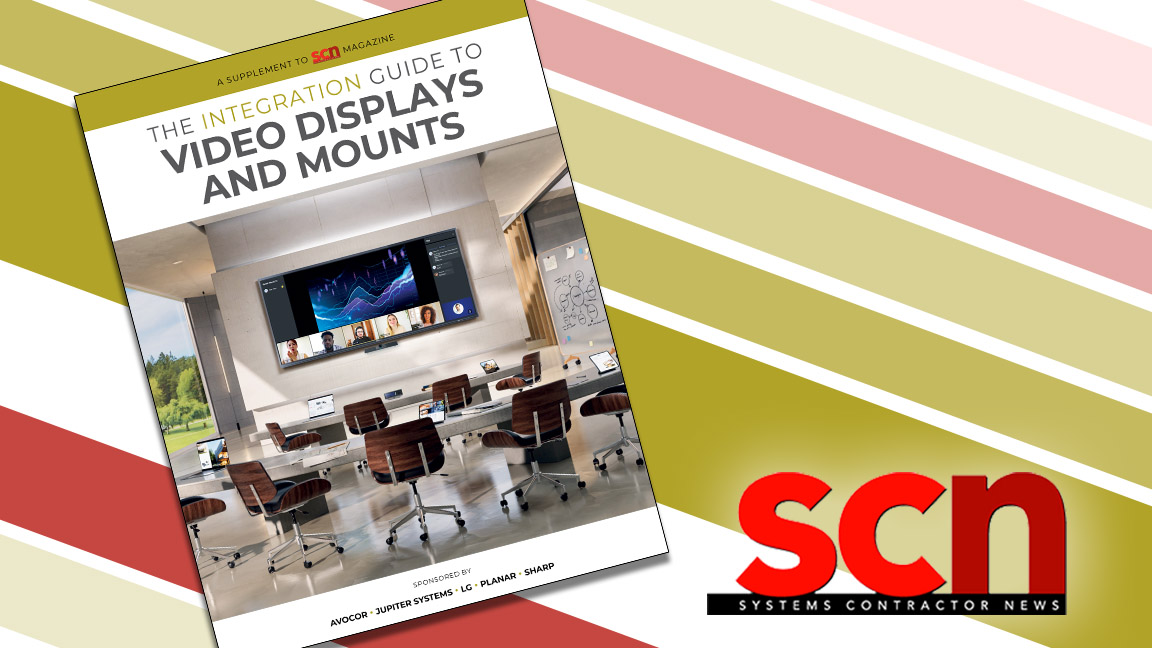Meeting the Tech Demands of a Millennial Workforce


There is a revolution coming in the workplace. The office as we know it is going through very real changes, from both technological and demographic standpoints. Cutting-edge technologies are allowing increased collaboration, enabling quicker access to information and insights, and inspiring greater creativity and productivity. Simultaneously, the much-discussed millennial generation is entering the workforce in droves. It’s a generation that considers work-life balance a fundamental requirement of any job, including the option to work in an office every day. On top of this, we’re looking at a workforce boom, with the U.S. mobile worker population projected to grow at a steady rate over the next five years, increasing from 96.2 million in 2015 to 105.4 million by 2020, according to the analyst firm IDC.
With more workers—including millennials—choosing to work remotely, companies need to find the right technologies to make this transition effective and to remain competitive. Companies that will succeed in this new world order need to reimagine traditional office spaces with visual, digital technologies that spur faster insights and inspire more creative productivity and collaboration.
What does this new paradigm mean for AV technology providers and consultants? I think it’s a perfect storm that presents our industry with a great opportunity. Let’s start with the millennials first. We know that they seek meaning in their work and have a strong focus on collaboration. Further, they want to be plugged in and connected to their organization’s strategic purpose. They want to play an important role in achieving that purpose, and they want this acknowledged through training and development, opportunities to take on challenging and important assignments, and exposure to the organization’s senior leadership.
I can attest to that. I have held the CMO role in several organizations, and I have been somewhat surprised at the level of engagement millennials require and believe they should receive from the C Suite. I have also been surprised with the number of good ideas they brought to the table even though they had not been part of the business world for very long. Lesson learned: collaboration with millennials is a win-win situation.
How do we make this collaboration happen? One answer that I see trending is the “digital workplace” initiative, whereby companies create a strategy and allocate real dollars toward building a workspace that implements the newest technologies. Gartner, the industry analyst firm, defines a digital workplace as enabling new, more effective ways of working, one which raises employee engagement and agility, and exploits consumer-oriented styles and technologies. According to the firm, 46 percent of companies have a digital workplace initiative today.
The digital workplace makes the work day more efficient while also speaking to the concerns of new workforce entrants who will gravitate and stay at companies where they feel their voice is being heard, and that their desire to work in the most modern of spaces is being addressed. A generation born with an iPhone in their hands, they want the technology they are working with to be at least as state of the art as what they use at home.
What does the digital workplace look like? The key benchmark is that it must be truly powerful in how it enables collaboration. The visuals must be of the highest quality so when someone in Austin makes edits to a shared PowerPoint, the team in Portland can see every pen stroke. And when an engineer in Bangalore has a new idea for how to more effectively manufacture microprocessors, his lead product manager can brainstorm with him on how to implement the new workflow process as he participates from his Android phone in his living room in Omaha.
A daily selection of the top stories for AV integrators, resellers and consultants. Sign up below.
An example that I’d like to offer where this has played out in real life is the global pharmaceutical company, Eli Lilly. The forward-looking company created a digital workplace primarily to advance its R&D efforts. Thanks to innovative technology—from software and displays to cloud services that allow sessions to be saved for future access—the company is now empowered to collaborate fully and easily. This collaboration has led to an increase in the number of projects that they can put forward in a given time frame, which means bringing more potentially life-changing medicines to market more quickly, resulting in increased revenue opportunities. My company has also worked to create a state-of-the-art digital workplace for Under Armour, which enabled it to use technologically advanced offices as a recruiting tool and competitive advantage, as well as a highly effective workplace.
There is a clear mandate to transition to a digital workplace that will increase collaboration and productivity, promote faster innovation, and connect a generationally diverse workforce. These circumstances create an ideal environment for the AV industry: investment in AV technologies that are key to building the digital workplace should be at an all-time high. This is the time for you to help your customers create workplaces that will enable collaboration across the miles and between generations.
